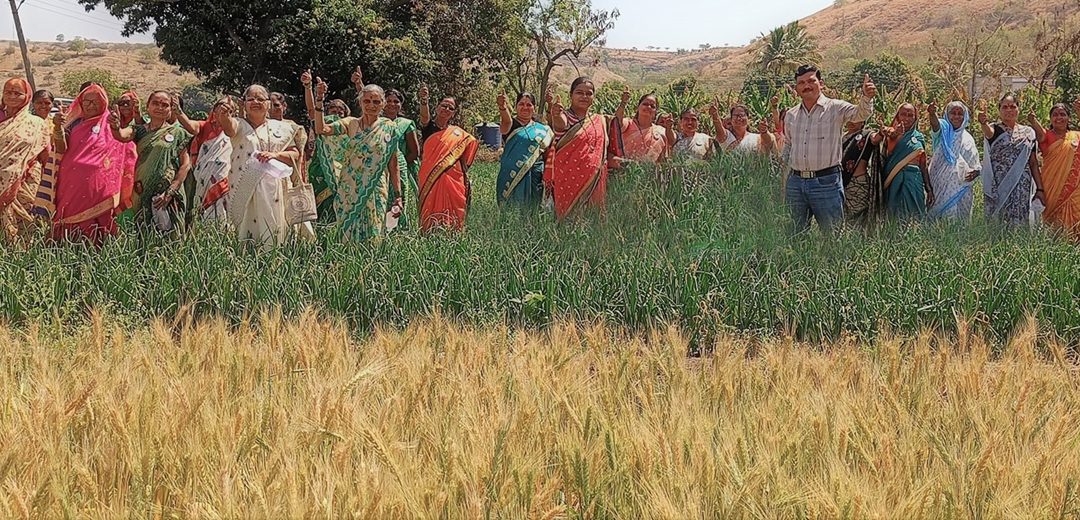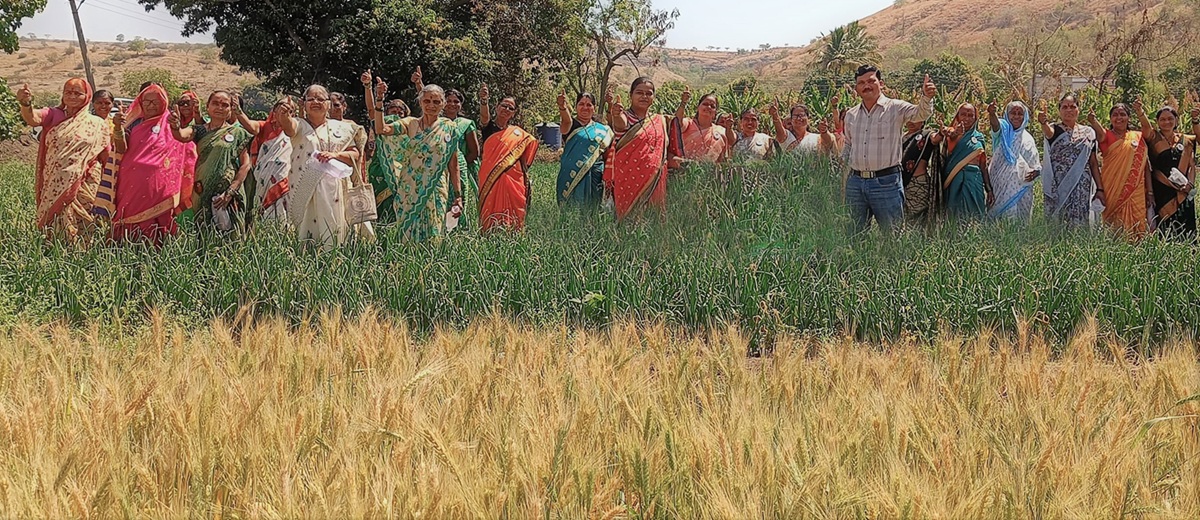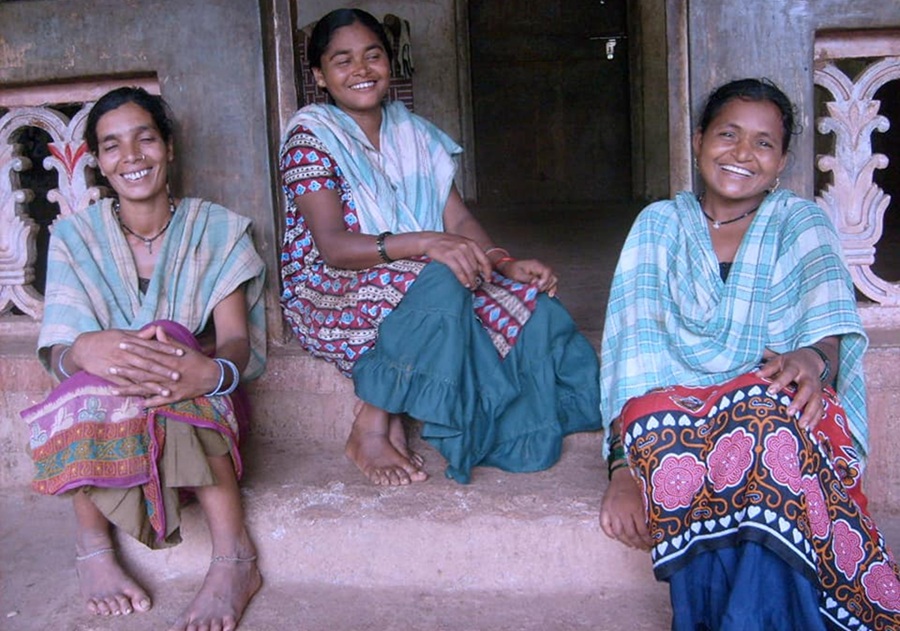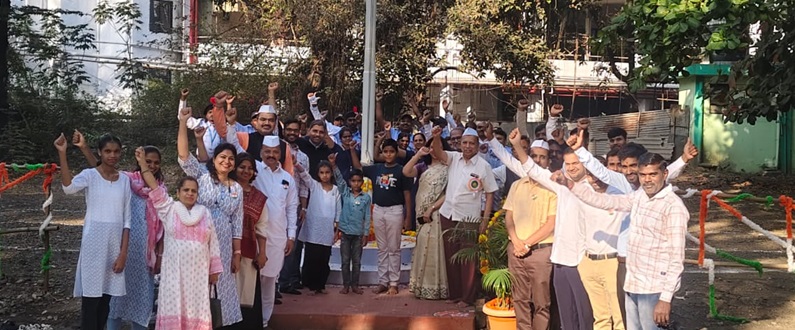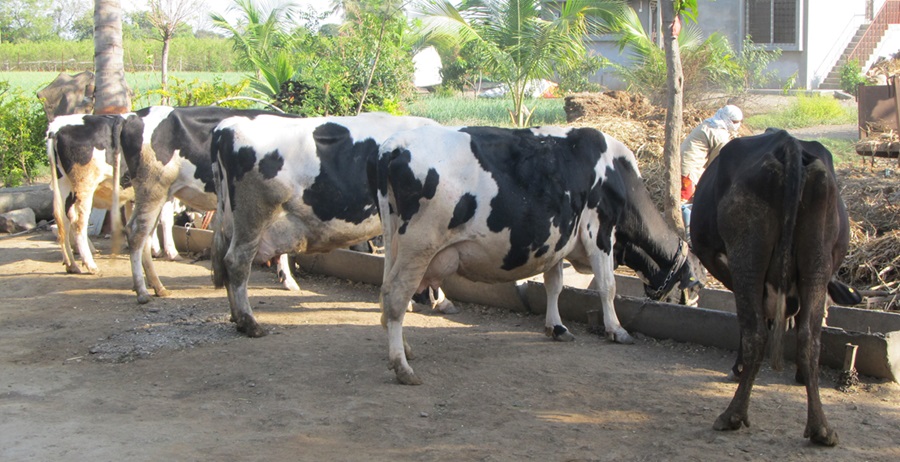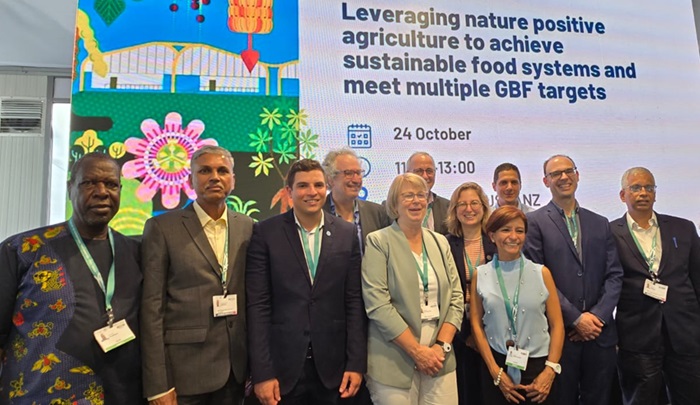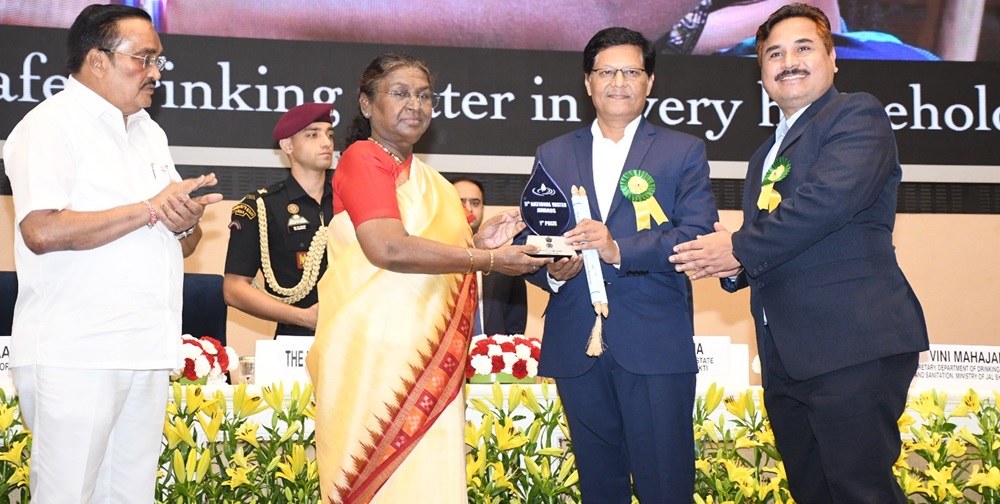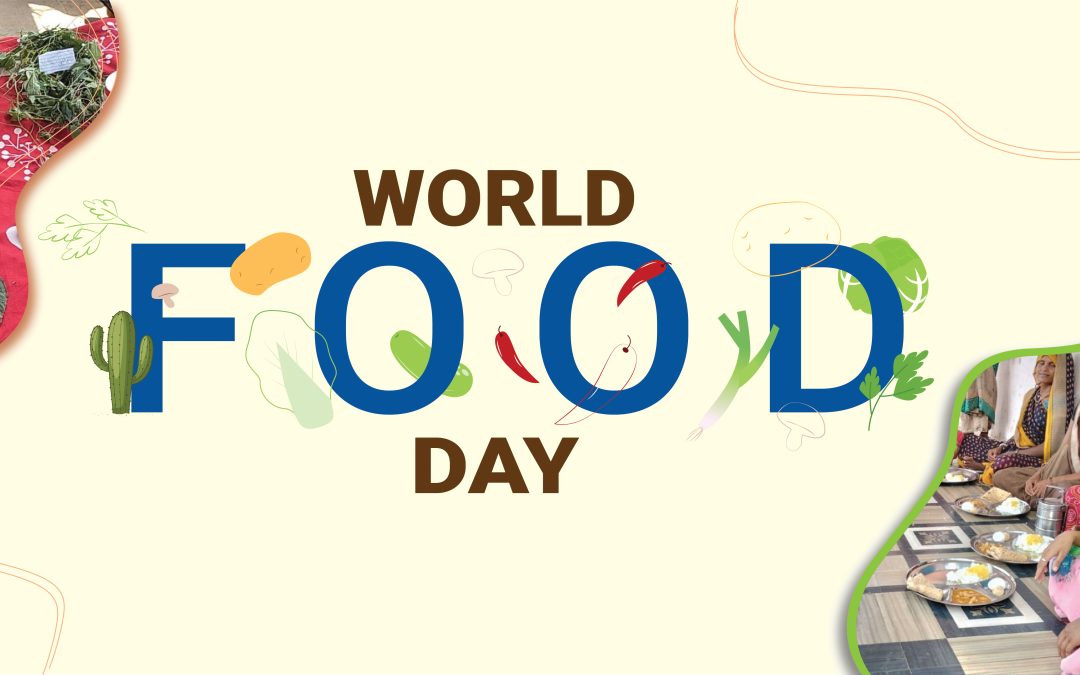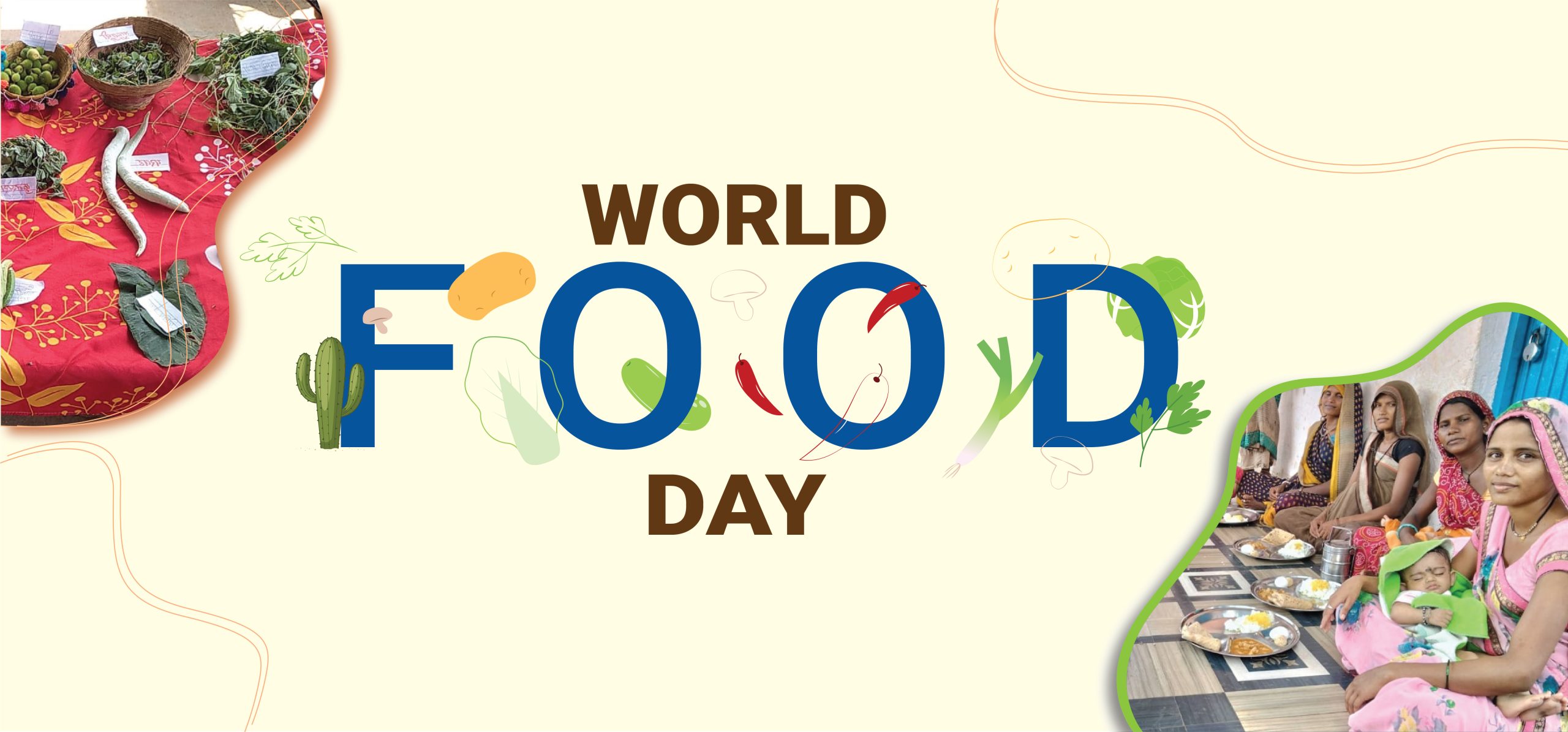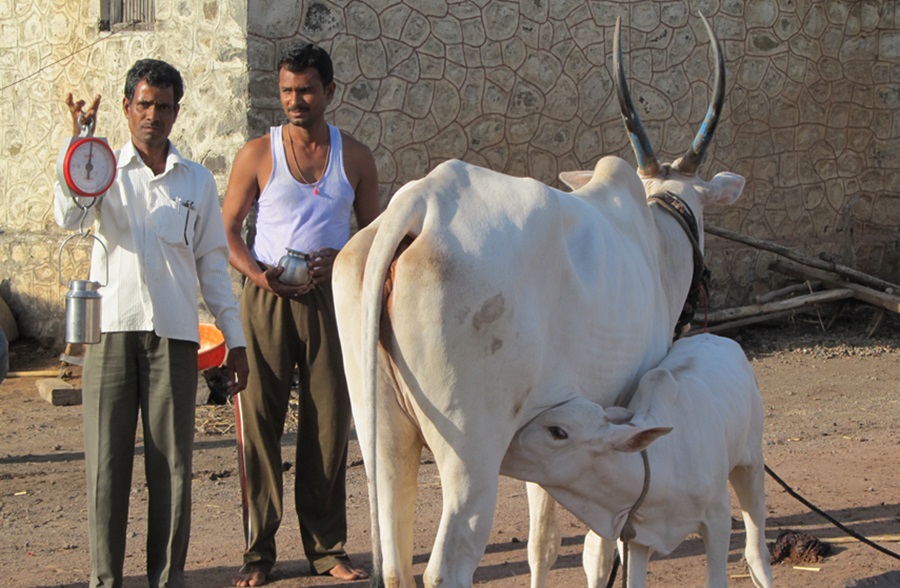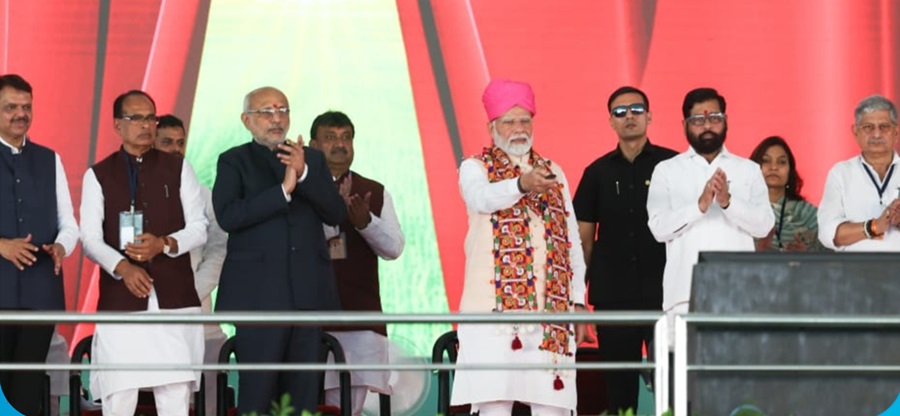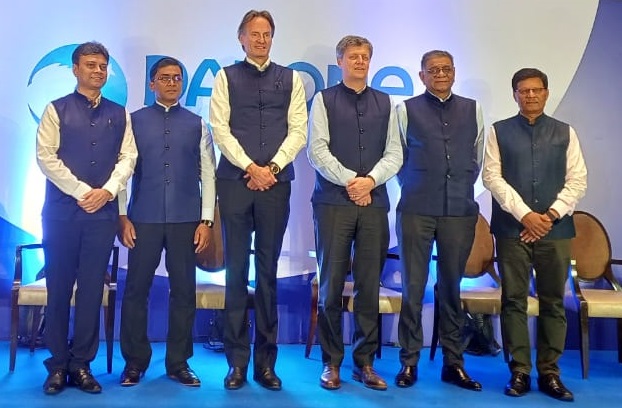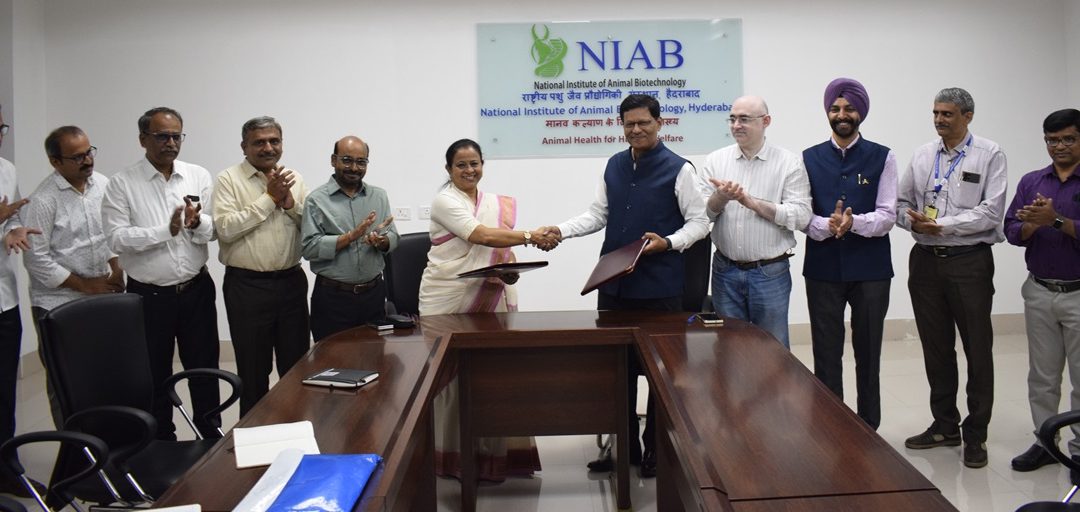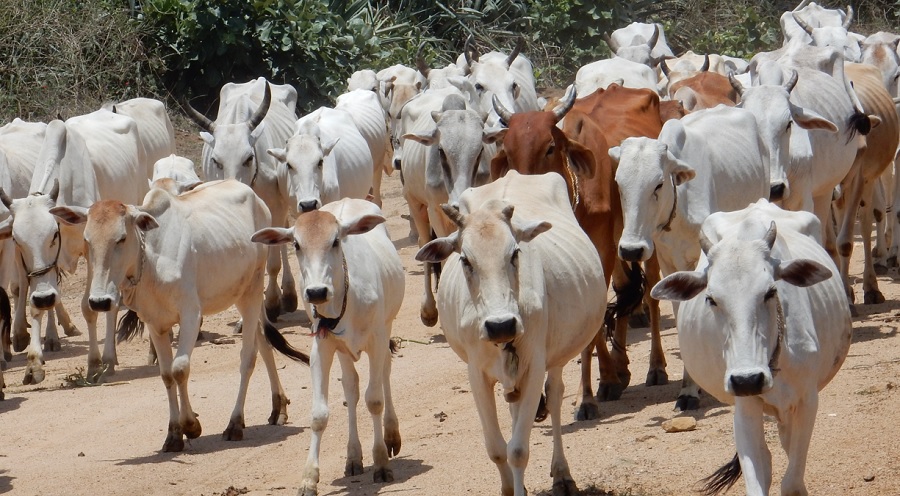
Kathani: 51st Newly Registered Cattle Breed

Introduction:
After completion of the survey, evaluation and characterization of the lesser-known cattle population from Vidarbha region of Maharashtra during the period November 2017 to March 2020 under the National Bureau of Animal Genetic Resources (NBAGR), Karnal, BAIF applied to NBAGR to register this lesser-known cattle population at the national level with a recommendation from the Animal Husbandry Commissioner of Maharashtra State. Subsequently, this breed was registered as the 51st cattle breed out of 53 breeds at the national level. This is the second registered cattle breed from Vidarbha region the first being the Gaolao breed.
Review of literature, Central Provinces District Gazetteers of the-then Chanda district Volume A, originally printed in 1909 and an article published in the Indian Journal of Animal Sciences (Vol. 83 Issue 6) in 2013 by Sajal Kulkarni, R L Bhagat, A B Pande and S B Gokhale provided some information on this breed. Discussions with animal owners and villagers indicated that they were not aware of the name of the breed and these unnamed animals were either recognized as nondescript or called ‘Local’, ‘Gavathi’ or ‘Mulakhi’. These animals were referred to as “Telangpatti” in Chanda district Gazetteers. On various visits to cattle owners, it was observed that earlier this area known for pulses grown locally and called ‘Kathan’ with some elderly farmers also stating that there was a ‘Kathani’-named local jowar variety, which however has vanished. These unnamed animals consumed ‘Kathani’ jowar straw as a source of fodder and hence derived the name ‘Kathani’. The presence of a ‘Kathani’ river near Gadchiroli city which joins Waingangā River, has made most cattle owner believe that as these animals have been found in the Basin of the Kathani River, hence, these animals might have derived the name ‘Kathani’.
Breeding area:
The Kathani cattle is mainly found in Gadchiroli, Gondia and Chandrapur districts. For survey purpose, four tehsils each from Gadchiroli and Gondia districts and five tehsils from Chandrapur district were selected. The tehsils from Gadchiroli were Aheri, Etapalli, Chamorshi and Dhanora. The tehsils from Gondia were Arjuni Morgaon, Deori, Sadak Arjuni and Salekasa. Chimur, Gondpipri, Mul, Pombhurna, and Sindewahi tehsils were the identified tehsils from Chandrapur district.
Housing:
The housing pattern of Kathani cattle revealed that nearly all the cattle owners provided housing to their animals either during daytime or nighttime to safeguard them from rain, wind and wild animals. Maximum cattle owners kept their animals in open paddocks. A few farmers had a closed type of housing. Being an open paddock, urine drainage area was of pucca type and the overall hygiene and sanitation was good. Some farmers had a separate housing structure with kutcha ceiling, made from wood or dried cotton straws and some farmers had pucca type housing constructed from either bricks or stones using clay as a cementing material. The flooring of the housing was mostly kutcha type and made up of mud and stones.

Feed and fodder resources:
After harvesting paddy leftovers locally known as ‘Tanis’, dry jowar (Kadaba), a leftover of soybean, mung, wheat, cowpea, chickpea, pigeon pea, black gram, etc. locally known as ‘Kutar’ and grasses constitute the major source of fodder for these animals. In this breeding area, monoculture cropping (paddy, soybean, tur, chickpea) based on rain-fed irrigation is being practiced. Hence, in the absence of green fodder, concentrate feed in the form of crushed homemade rice bran locally known as ‘Kukus’ was fed to the animals.
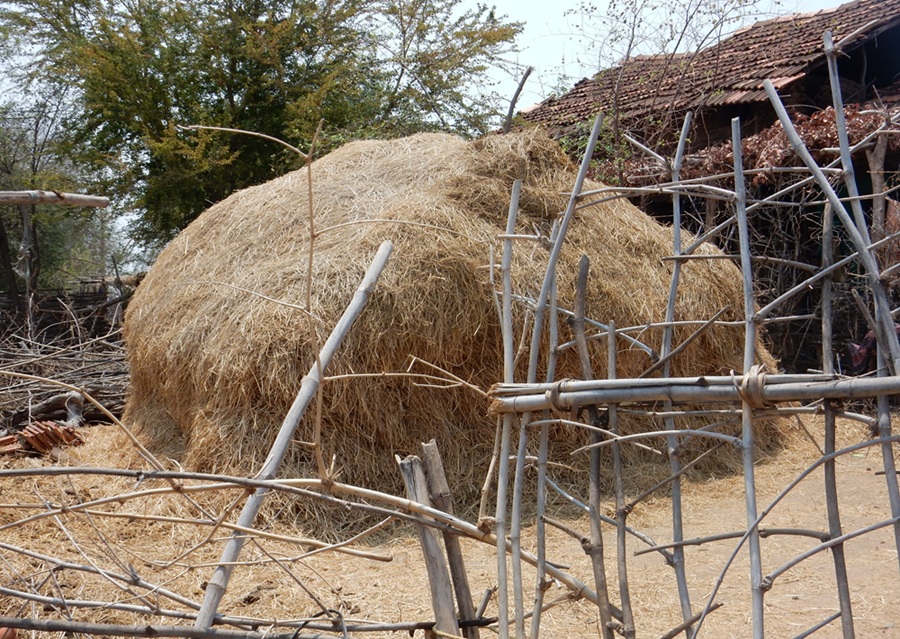
Breeding of Animals:
Natural service is the major and preferred breeding method adopted by cattle owners and almost all breeding is undertaken while animals are grazing. The bulls used for natural service do not have any selection criteria. The non-castrated bulls perform breeding of animals as the male animals and female animals graze together. Due to lack of availability of Kathani bull semen, those who had facilities for Artificial Insemination (AI) within close proximity, preferred to breed their animals using HF or Jersey bull semen.
Physical Characteristics:
The Kathani animals are of medium size body structure and their coat of three different colours namely white, blackish and reddish. Three types of muzzle colours were also noticed black, mottled, and carroty (Colour of Daucus carrota). The majority of the animals have black muzzles. The colour of the eyelid and eyeball is perfectly black in a majority of the animals. However, carroty eyelids and eyeballs were also observed in a few animals. The number of animals having black-coloured hooves was noticed to be paramount. The females of black-colored vulva were more in number. These animals have straight horns as well as curved horns and black-coloured horns were more common. The outward horn curvature with pointed tips seems was favoured by the Kathani animal keepers. These animals have straight foreheads, horizontal ears and tail positions at the hock level as well as below the hock. The temperament of these animals was noticed to be moderate and docile.
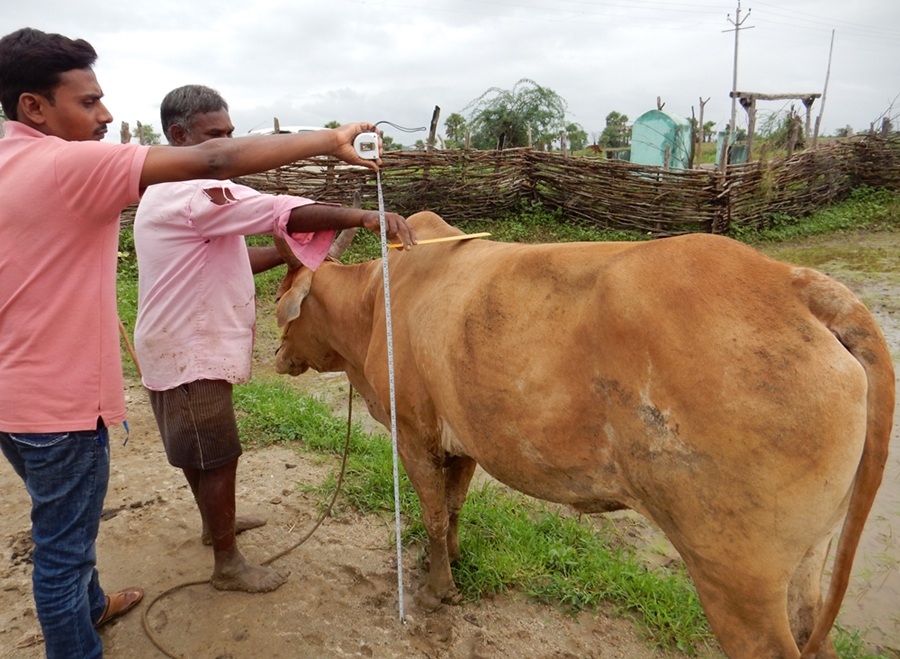
Reproduction Performance:
The published information in Indian Journal of Animal Sciences, Vol. 92, Issue 10, Pages 1182–1188 the reproduction parameters showed that the mean birth weight of males was 11.91±0.18 kg, while that of females was 11.06±0.19 kg. The average age at first ejaculation and first service of Kathani breeding bull was noted as 35.84±0.31 and 39.43±0.24 months, respectively. The age at first calving was 54.86±0.05 months. An average of 1.48±0.01 services was required to settle the cows. The service period averaged 203.02±1.08 days and the calving interval was averaged as 486.85±0.51 days.
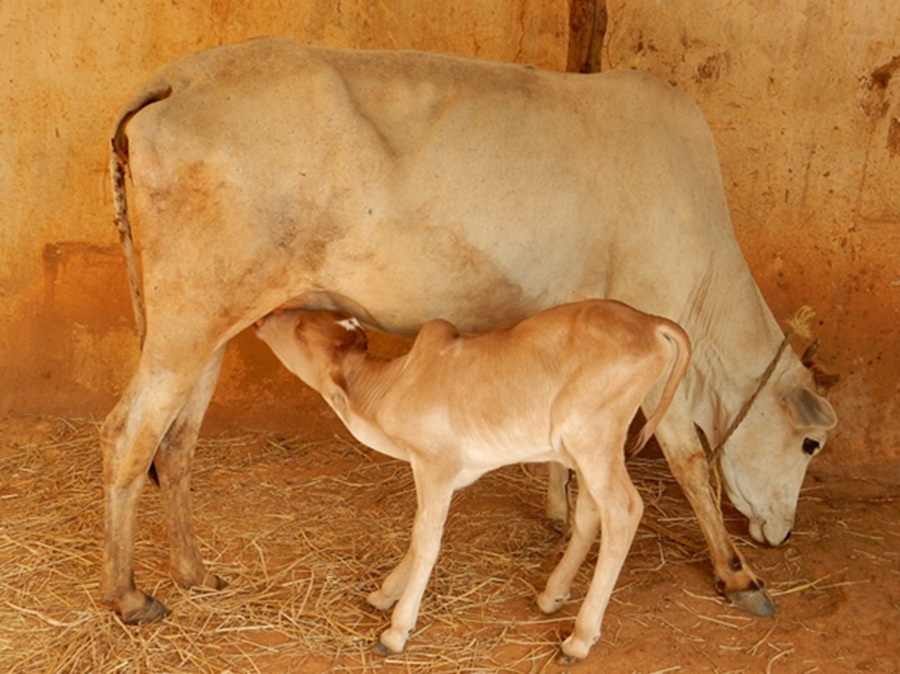
Production performance:
Rearing of these animals for milk purposes is not a routine practice in breeding tracts. Hence, all the farmers adopted the suckling method. The average suckling period was 7.94±0.06 months and average milk production was 0.55±0.01 litres per day. The average lactation length was noted as 237.76±1.82 days with lactation milk production of 193.07±5.28 litres. The average dry period was noticed as 245.75±2.28 days. Ref: Indian Journal of Animal Sciences, Vol. 92, Issue 10, Pages 1182–1188.
Genetic differentiation of Kathani cattle from resembling breeds:
The breeding tract of Kathani cattle is aligned with the well-known Gaolao breed from Maharashtra, Kosali from Chhattisgarh, Ongole from Andra Pradesh and Motu from Odisha. Although Kathani cattle are completely different from these breeds as far as physical appearance is concerned, the genetic differentiation, genetic diversity and relationship between these breeds were assessed with the use of 20 FAO-recommended microsatellites. High variability was recorded in the Kathani population with a total of 198 alleles that varied between 5 (ILSTS11, TGLA22, INRA05) and 17 (ILSTS34) with a mean of 9.9±0.73. The average observed heterozygosity (Ho) was 0.658±0.054. Heterozygote deficiency was not significant (FIS=0.029±0.063) indicating random mating prevalent across this population. Mean estimates of the observed number of alleles and heterozygosity over all the loci and five populations were 9.73±0.421 and 0.617±0.022, respectively. In the overall populations, the homozygote excess (FIT) of 0.293±0.032, was partly due to the homozygote excess within breeds (FIS=0.121±0.025) and to a larger extent due to high (0.05<0.15) genetic differentiation among them (FST=0.195±0.029). Substantial pairwise Nei’s genetic distance and high population differentiation indicated a separate genetic identity of Kathani cattle.
Ref: Indian Journal of Animal Sciences, Vol. 92, Issue 10, Pages 1182–1188.


Dr. R. L. Bhagat
Adviser
BAIF, CRS, Uruli Kanchan, Pune

